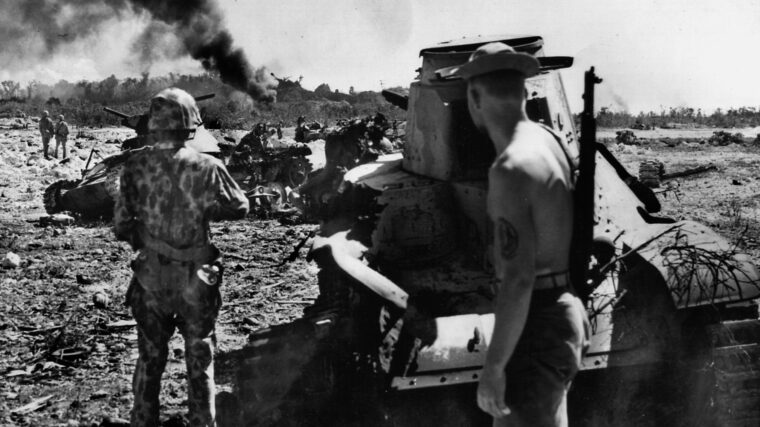
Pacific Theater
Fatal Pride at Peleliu
By John McManusInside the shabby tent that served as his command post on Peleliu, a despondent Maj. Gen. William Rupertus sat on his bunk, slumped over with his head in his hands. Read more
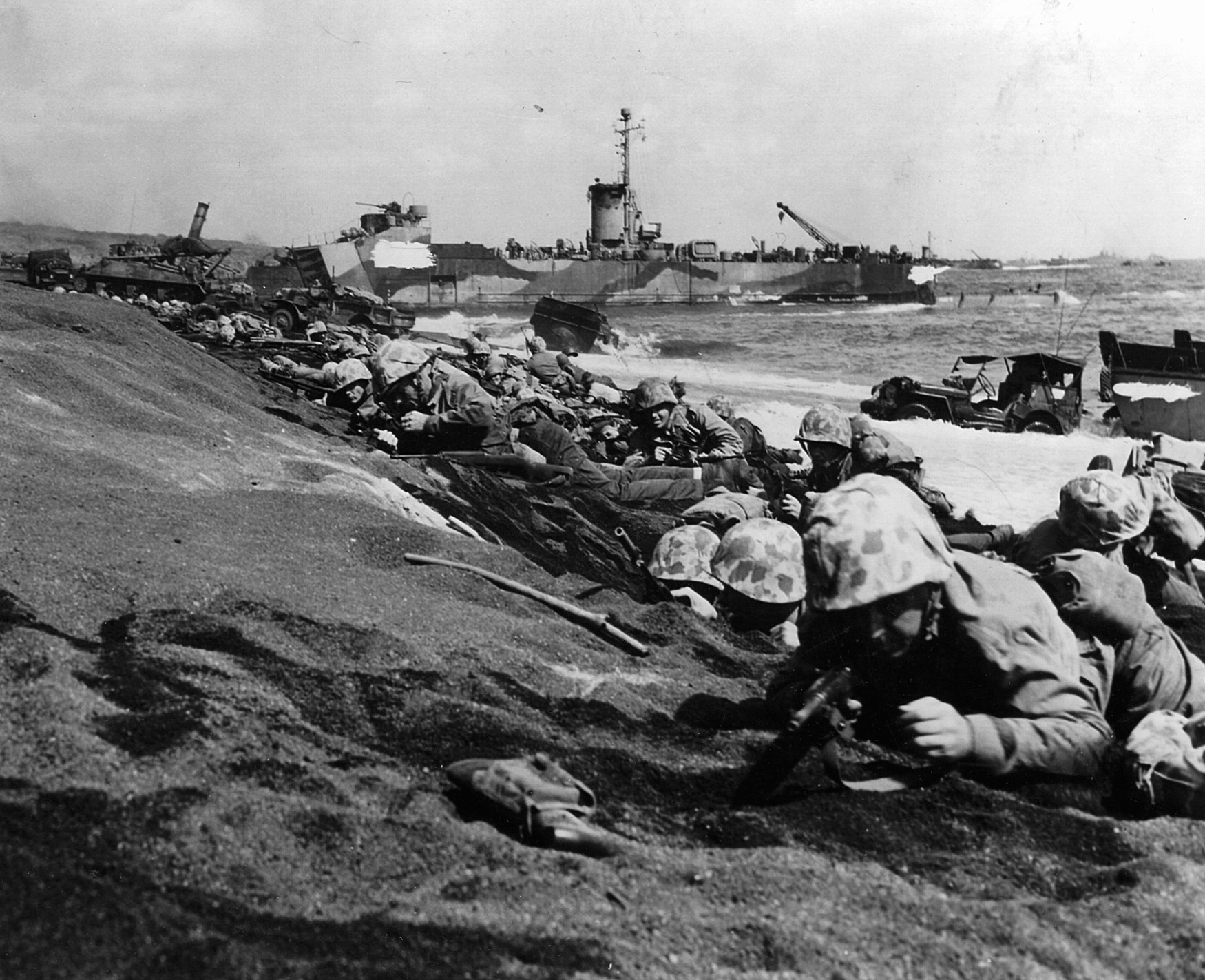
The Pacific Theater during World War II is generally regarded as the area of military confrontation between the Allied powers and Imperial Japan. The Pacific Theater consists of the entire operational expanse of the war from the Aleutian Islands in the north to Australia in the south, including island chains such as the Solomons, Gilberts, Marshalls, and Marianas. The China-Burma-India (CBI) Theater is also considered a major component of the Pacific Theater.

Pacific Theater
Inside the shabby tent that served as his command post on Peleliu, a despondent Maj. Gen. William Rupertus sat on his bunk, slumped over with his head in his hands. Read more
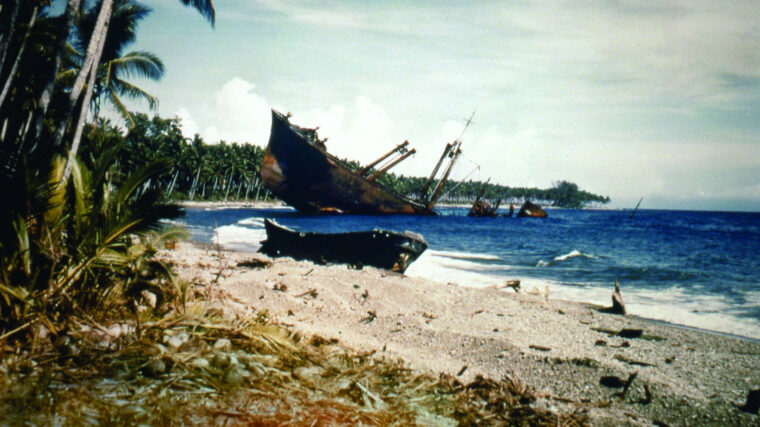
Pacific Theater
The first Japanese general officer to suggest abandoning Guadalcanal to the Americans was probably Maj. Gen. Kenryo Sato, the War Ministry’s chief of its Military Affairs Bureau. Read more
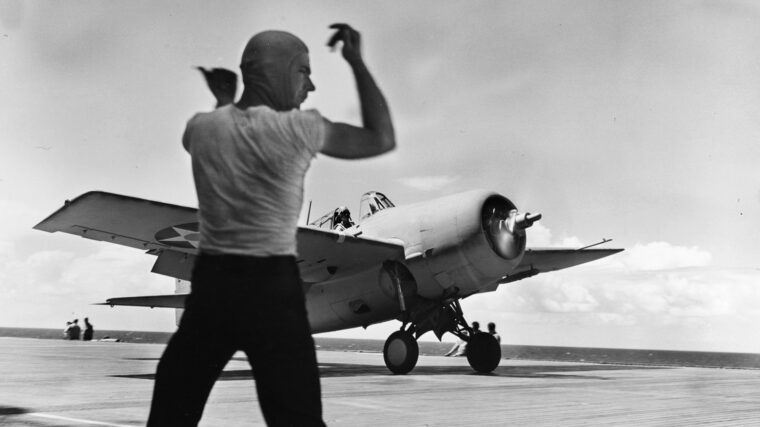
Pacific Theater
Before there was an air-sea battle at Midway or in the Coral Sea, American aircraft carriers were launching operations against Japanese bases in the South Pacific, with the Japanese fighting to defend their gains. Read more

Pacific Theater
Warfare History Network sat down with Terry Benedict, one of the Producers of the new Mel Gibson film Hacksaw Ridge to ask some questions about the film and its subject, Desmond Doss. Read more
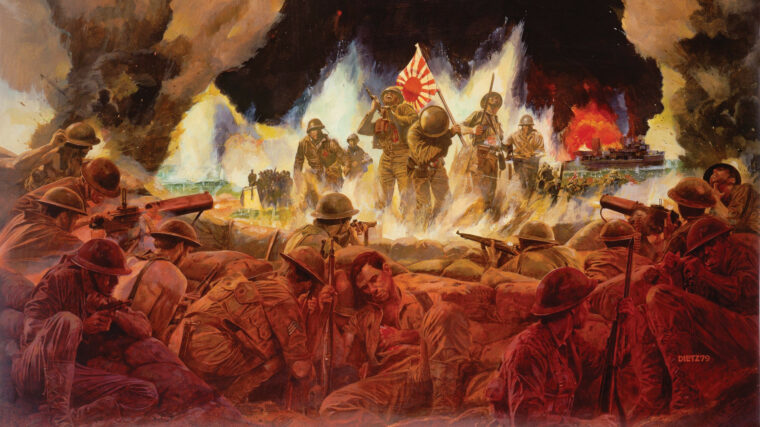
Pacific Theater
It was already December 8, 1941, on Wake Island’s side of the international date line. The Americans on the tiny specks of land in the western Pacific Ocean roused themselves at 6 am. Read more
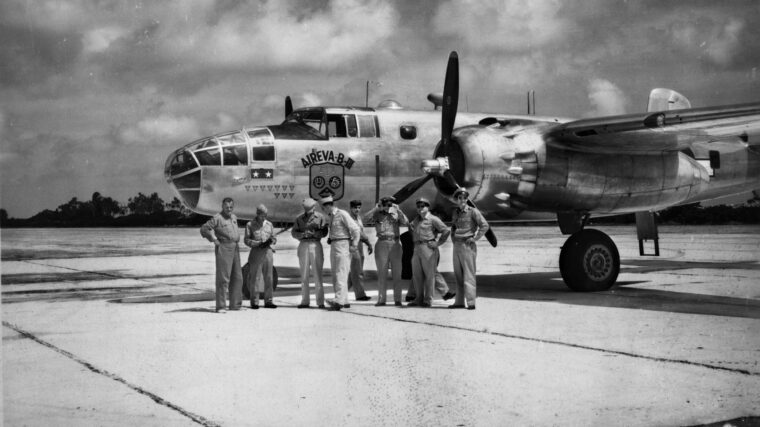
Pacific Theater
Stephen Pierce Duggan, Jr., wanted to be a United States Marine. When the United States entered World War II, Steve was all set to do his part. Read more
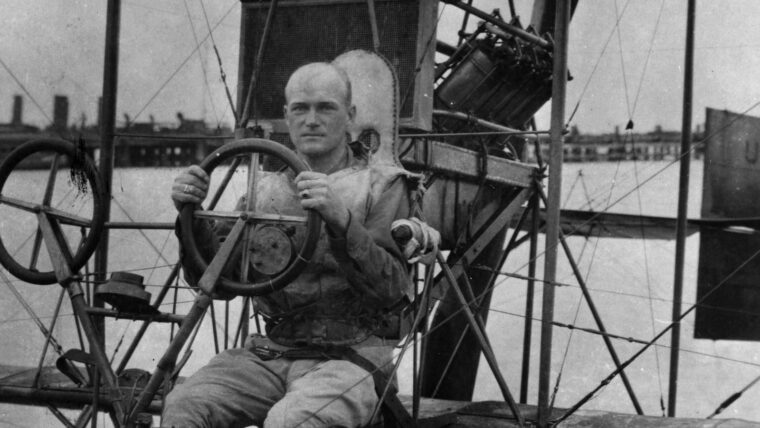
Pacific Theater
He was a seagoing J.E.B. Stuart who hid beneath weather fronts to make his attacks, and he fought more naval engagements than John Paul Jones and David Farragut combined. Read more
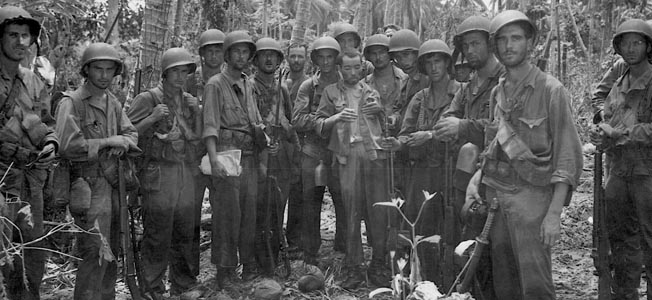
Pacific Theater
The heated reaction by the Marines to the slaughter at the Goettge Patrol, answered in kind by the Japanese, led to some of the fiercest combat seen in the war. Read more
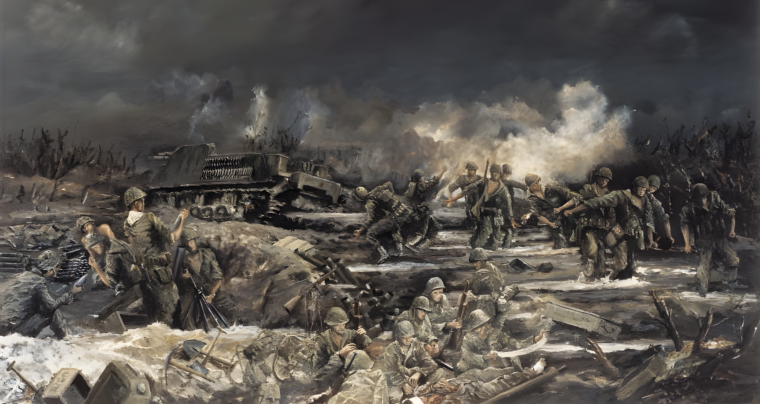
Pacific Theater
Although neither side was aware of it at the time, the battle for Okinawa would be the last major battle of World War II. Read more
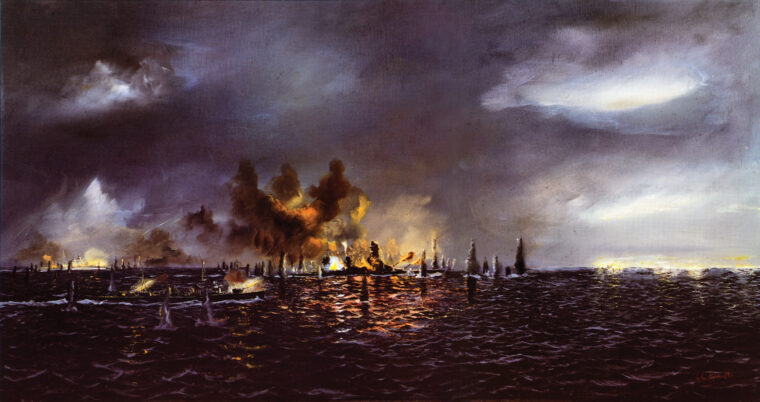
Pacific Theater
In the distance, they could see the jagged flashes of lightning, an incoming squall in the dark. Just before the rain arrived, so did St. Read more
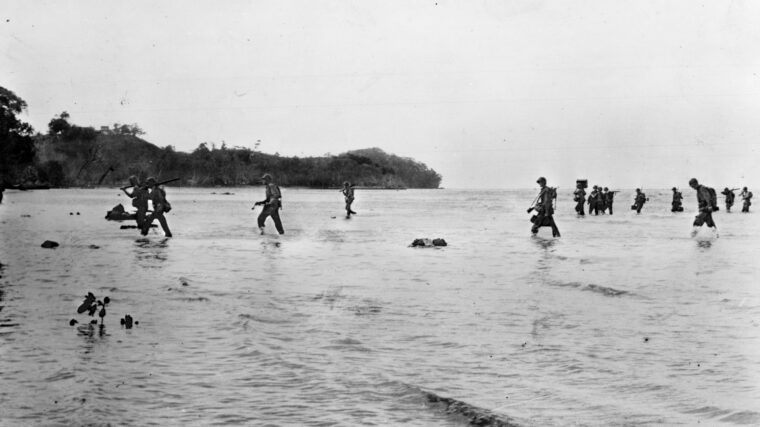
Pacific Theater
The strategic defeats suffered in the Battles of the Coral Sea and Midway checked Japan’s advance in the Pacific. Read more
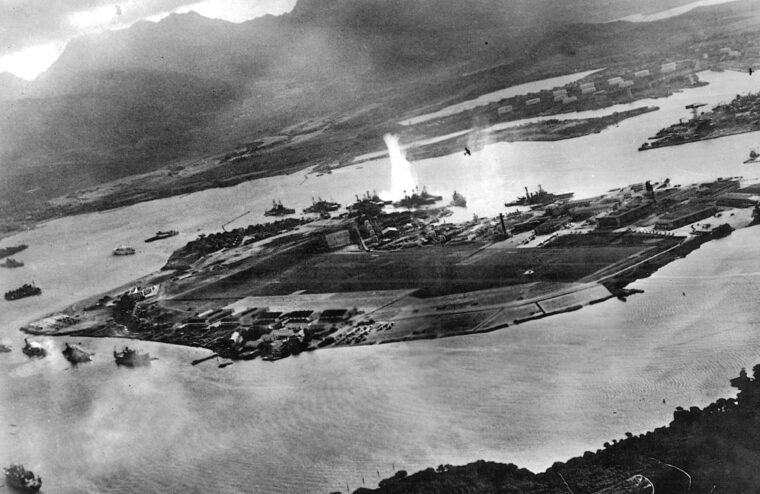
Pacific Theater
Gene Verge was born in Pasadena, California, in 1918. As a young man in 1941 he faced the probability of being drafted. Read more
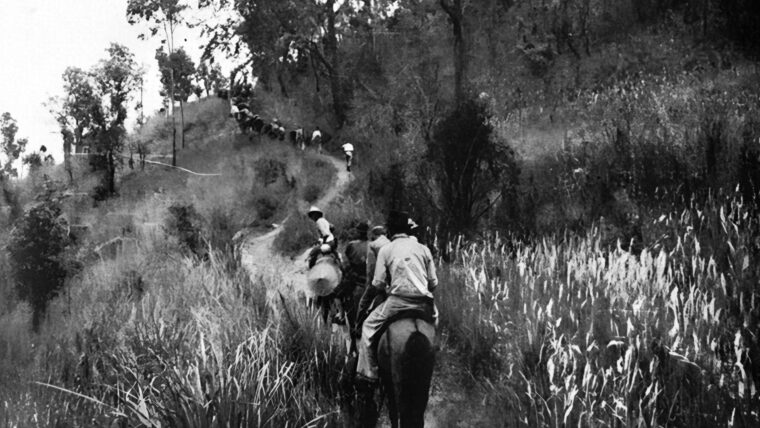
Pacific Theater
Thailand was perhaps the least known, though surely more scenic and exotic, covert battleground of World War II. Read more
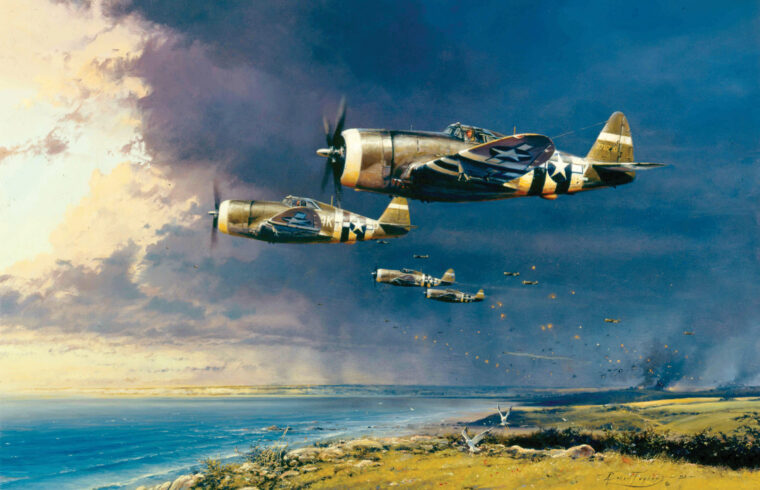
Pacific Theater
As the landing craft carrying the invading Allied ground forces of Operation Overlord motored toward the Normandy beaches on June 6, 1944, they were protected and supported by the largest aerial armada the world has ever seen. Read more
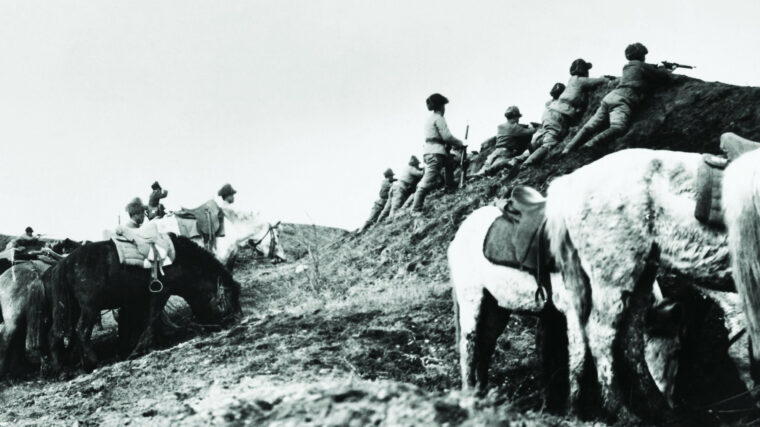
Pacific Theater
At 11:02 am on August 9, 1945, an American warplane dropped an atomic device nicknamed “Fat Man” onto the city of Nagasaki, Japan. Read more
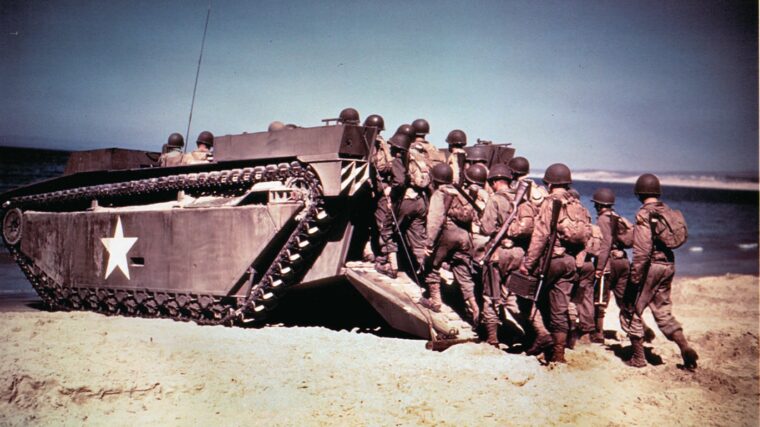
Pacific Theater
On January 9, 1945, after almost three years, General Douglas MacArthur and the United States Army returned to the Philippine island of Luzon, landing at Lingayen Gulf on the northwest coast. Read more
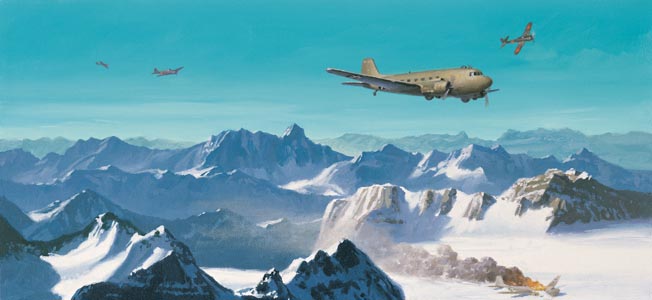
Pacific Theater
Why was Myitkyina such an important objective in the reconquest of Burma in 1943 through 1944 for the Allies and especially among them, Lt. Read more
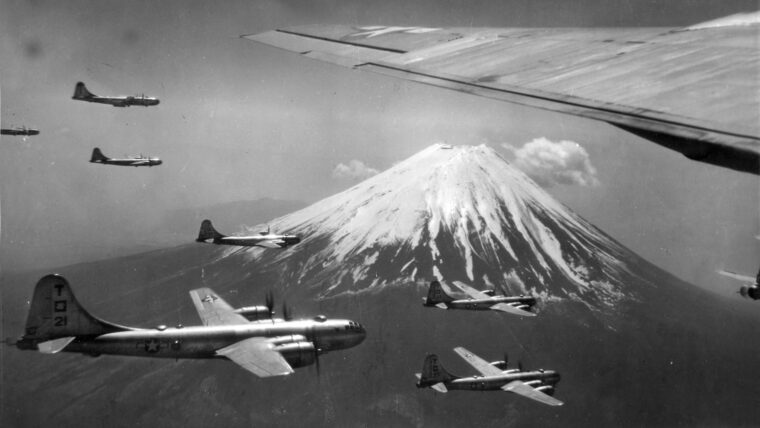
Pacific Theater
In the closing months of World War II, Staff Sergeant Henry E. “Red” Erwin, Sr., picked up a burning phosphorus flare inside the cramped fuselage of his Boeing B-29 Superfortress bomber high over Japan. Read more
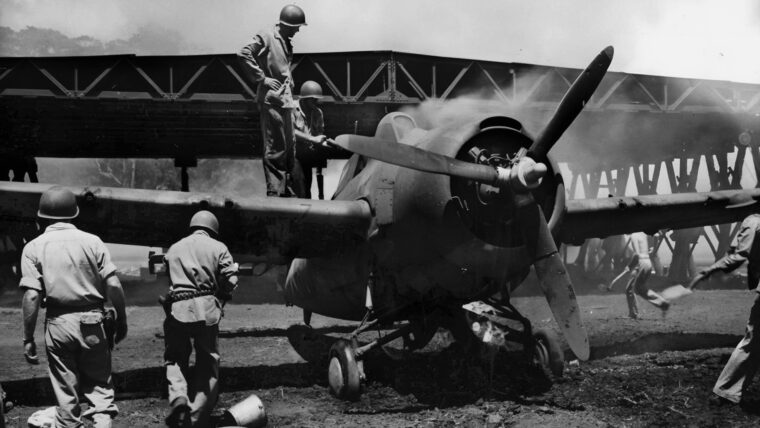
Pacific Theater
“Colonel, there’s about 3,000 Japs between you and me.” Sergeant Ralph Briggs telephoned the command post of the 1st Battalion, 7th Marine Regiment at about 9:30 on the night of October 24, 1942, to report what he had just seen. Read more
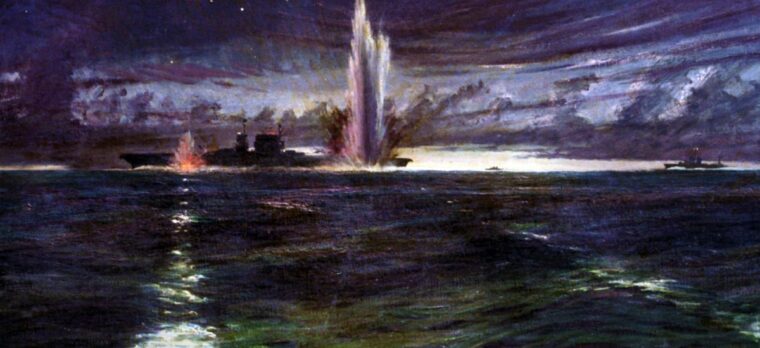
Pacific Theater
Historical controversy has famously surrounded Admiral Richmond K. Turner. In his responsibility as Director of the War Plans Division, he was to inform Admiral Kimmel, Commander of the Pacific Fleet, of Japanese diplomatic threats alluding to military retribution for souring political relations. Read more